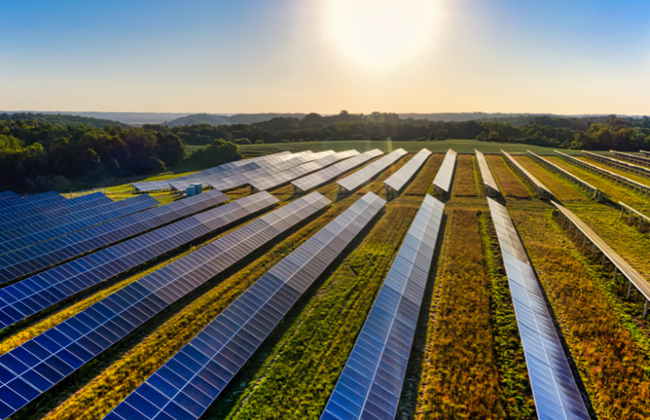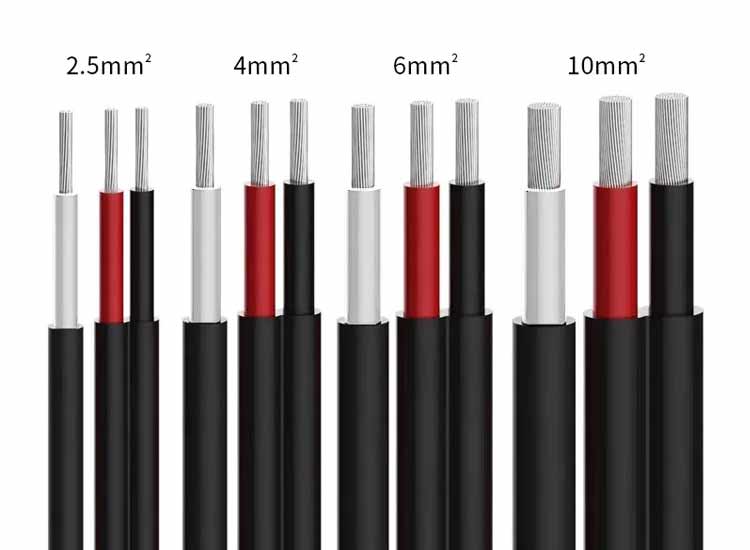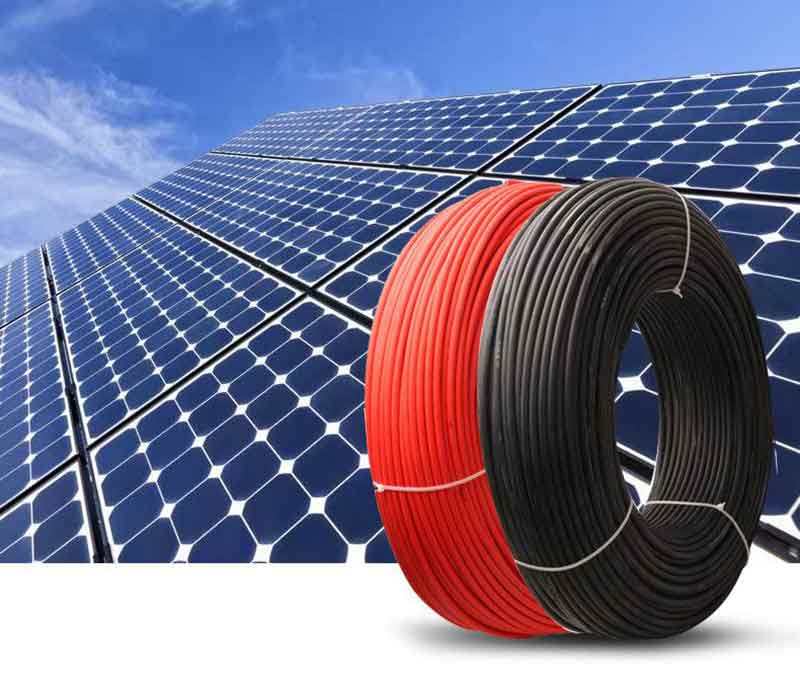Solar photovoltaic (PV) systems have gained significant traction globally as a sustainable energy solution. These systems convert sunlight directly into electricity using solar panels made of semiconductor materials. A crucial component of these systems, often overlooked, is the solar photovoltaic cable. These cables are essential for the efficient and safe transmission of electricity from the solar panels to the inverter and, subsequently, to the electrical grid or storage batteries. This essay ZMS Cable delves into the classification, types, and various uses of solar photovoltaic cables, underscoring their importance in the renewable energy landscape.

Types of Solar Photovoltaic Cables
Solar photovoltaic cables can be classified based on several criteria, including their functionality, material composition, and environmental resistance.
1. Classification by Functionality
DC Cables: These cables carry direct current (DC) from the solar panels to the inverter. They need to withstand high UV radiation, temperature variations, and mechanical stress. They are typically insulated with robust materials to handle these conditions.
AC Cables: After the DC power is converted to alternating current (AC) by the inverter, AC cables transmit the electricity to the electrical grid or local electrical loads. These cables are similar to standard electrical cables but must be designed to integrate seamlessly with the solar PV system.
Earth Cables: Also known as grounding cables, these ensure the safety of the system by preventing electric shocks and system damage. They connect the metal parts of the PV system to the ground, providing a path for fault currents.
2. Classification by Material Composition
Copper Cables: Known for their excellent electrical conductivity, copper cables are widely used in solar PV systems. They are durable and can withstand harsh environmental conditions, although they tend to be more expensive than alternatives.
Aluminum Cables: These cables are lighter and less expensive than copper cables, but they have lower conductivity and may require larger cross-sections to carry the same current.
3. Classification by Environmental Resistance
UV Resistant Cables: Designed to resist degradation from prolonged exposure to ultraviolet (UV) radiation, these cables are essential for outdoor solar installations.
Fire Resistant Cables: These cables can maintain their integrity and functionality even in high-temperature environments, crucial for minimizing fire risks in solar PV systems.
Weather Resistant Cables: These are designed to withstand various environmental conditions, including moisture, temperature fluctuations, and mechanical stress, ensuring long-term reliability and safety.
Types of Solar Photovoltaic Cables
Several specific types of cables are used within solar PV systems, each serving distinct roles to ensure optimal performance and safety.
1. PV1-F Cable
The PV1-F cable is a single-core cable specifically designed for photovoltaic systems. It is known for its high flexibility, UV resistance, and durability under extreme weather conditions.
The cable typically features:
Tinned Copper Conductors: Offering excellent conductivity and resistance to corrosion.
Cross-Linked Polyethylene (XLPE) Insulation: Providing high thermal resistance and durability.
UV and Ozone Resistance: Ensuring long-term performance in outdoor applications.

2. H1Z2Z2-K Cable
The H1Z2Z2-K cable is a more advanced version of the PV1-F cable, adhering to the latest international standards. It is designed for use in all types of solar PV installations, including those with higher voltage requirements. Key features include:
Increased Voltage Rating: Suitable for systems up to 1500V DC.
Enhanced Insulation and Sheathing: Offering superior resistance to environmental stress and mechanical damage.
3. Twin-Core Solar Cable
These cables consist of two conductors within a single sheath, simplifying installation by reducing the number of individual cables that need to be run. They are commonly used in smaller installations and for connecting panels within an array.
4. Multi-Core Solar Cable
Multi-core cables contain several conductors within one sheath, which can reduce the complexity and cost of installation in larger systems where multiple connections are necessary.
Uses of Solar Photovoltaic Cables
Solar photovoltaic cables are employed in various parts of a solar PV system, each use-case demanding specific cable properties to ensure efficiency, safety, and longevity.
1. Panel to Panel Connections
For connecting individual solar panels within an array, cables must be highly flexible, UV-resistant, and capable of withstanding environmental stresses. Typically, PV1-F or twin-core cables are used for these connections, as they can handle the direct current generated by the panels and provide reliable performance in outdoor settings.
2. Panel to Inverter Connections
The cables used for connecting the panels to the inverter must carry the total current generated by the entire array. Therefore, they must have higher current-carrying capacity, increased insulation, and robustness to handle potential mechanical stresses and environmental factors. PV1-F and H1Z2Z2-K cables are commonly used for these connections due to their high voltage ratings and durability.

3. Inverter to Grid Connections
Once the inverter converts DC to AC, the electricity needs to be transmitted to the grid or storage batteries. AC cables used here must be designed to handle the specific requirements of the inverter output. These cables should comply with local electrical standards and often include fire-resistant properties to enhance safety.
4. Grounding and Bonding
Grounding cables ensure all metallic parts of the solar PV system are connected to the ground, preventing electrical shock hazards and damage from lightning strikes or electrical faults. These cables must be robust and corrosion-resistant to maintain long-term reliability.
Importance of Proper Cable Selection
Selecting the appropriate solar photovoltaic cables is crucial for several reasons:
1. Safety
Incorrect or substandard cables can pose significant safety risks, including electrical fires, shocks, and system failures. Cables must meet stringent safety standards and be suitable for the specific environmental conditions they will encounter.
2. Efficiency
The right cables ensure minimal energy loss during transmission, maximizing the overall efficiency of the solar PV system. Poor quality or incorrectly sized cables can lead to significant energy losses, reducing the system’s effectiveness and economic viability.
3. Longevity
Solar PV systems are designed to last 25-30 years or more. High-quality cables that can withstand environmental stresses and mechanical wear and tear are essential to ensure the system operates effectively throughout its lifespan.
Installation and Maintenance Considerations
Proper installation and regular maintenance of solar photovoltaic cables are critical to ensure system performance and safety.
1. Installation
Correct Sizing: Ensuring cables are properly sized to handle the expected current without overheating.
Secure Connections: Properly securing connections to prevent loose contacts, which can cause arcing and fires.
Protection: Using conduits or cable trays to protect cables from mechanical damage and environmental exposure.

2. Maintenance
Regular Inspections: Periodically inspecting cables for signs of wear, corrosion, or damage.
Cleaning: Keeping cables free from debris and dirt that could cause overheating or mechanical damage.
Testing: Conducting electrical tests to ensure cables are functioning correctly and efficiently.
Innovations and Future Trends
The field of solar photovoltaic cables is continually evolving, with innovations to improve efficiency, safety, and installation simplicity.
1. Smart Cables
Integrating sensors within cables to monitor performance and detect issues such as overheating or faults can significantly enhance system reliability and maintenance efficiency.
2. Advanced Materials
Developing new materials that offer superior conductivity, flexibility, and environmental resistance can improve the performance and lifespan of solar photovoltaic cables.
3. Modular Systems
Creating more modular cable systems that simplify installation and reduce labor costs can make solar PV installations more accessible and cost-effective.
Solar photovoltaic cables play a pivotal role in the functionality and safety of solar PV systems. Their classification by functionality, material composition, and environmental resistance highlights the need for careful selection based on specific application requirements. Various types of cables, such as PV1-F, H1Z2Z2-K, twin-core, and multi-core cables, serve distinct purposes within the system. Proper installation, regular maintenance, and adherence to safety standards are essential to ensure the long-term success of solar PV systems. As the renewable energy sector continues to grow, ongoing innovations in cable technology will further enhance the efficiency, safety, and accessibility of solar power.